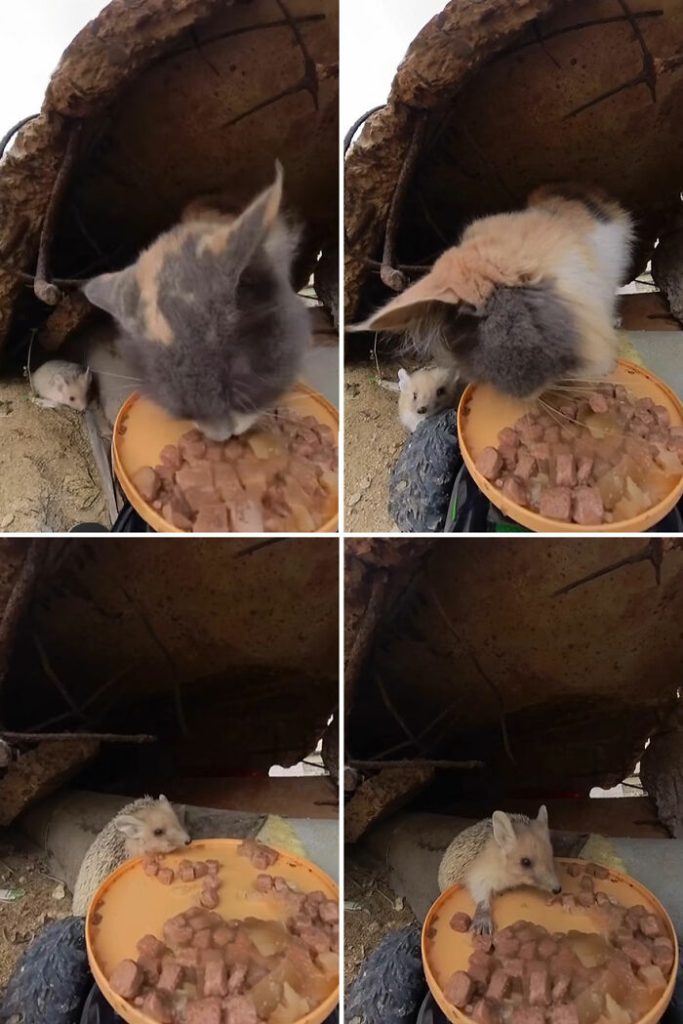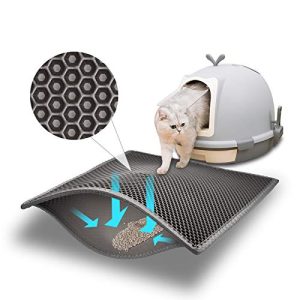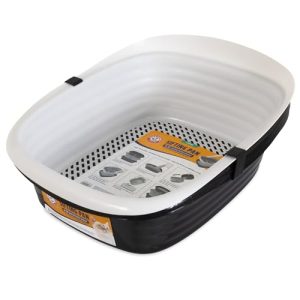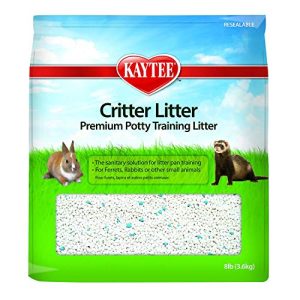You’ve found a stray cat and want to help, but you’re not sure what to feed it. Feeding a stray cat isn’t as simple as giving it any food you have on hand.
What you choose to offer can affect the cat’s health, trust in you, and even its chances of survival. If you want to make sure your new furry friend stays healthy and happy, you need to know exactly what to feed it—and what to avoid.
Keep reading, and you’ll learn the best foods to give your stray cat and how to care for it properly.
Choosing The Right Food
Choosing the right food for a stray cat can feel overwhelming. You want to provide nourishment that supports health without causing harm. Understanding the differences between food types and the cat’s unique needs helps you make the best choice.
Wet Vs Dry Food
Wet food contains more moisture, which helps keep stray cats hydrated, especially if they don’t have regular access to water. It often smells stronger and tastes better, encouraging picky cats to eat. However, wet food spoils faster and can be more expensive over time.
Dry food is convenient, easy to store, and less messy. It helps keep teeth cleaner but contains less water, so your cat might need extra fluids. If you feed dry food, make sure fresh water is always available.
Have you noticed your stray cat’s preferences? Observing their eating habits can guide you on which food type suits them best.
Nutritional Needs Of Stray Cats
Stray cats need a balanced diet rich in protein, fat, and essential vitamins to maintain energy and health. Protein from meat sources supports muscle strength, while fats provide vital energy. Look for foods labeled “complete and balanced” to ensure all nutrients are included.
Stray cats often face stress and injury, so nutrients that support immune health like taurine and omega-3 fatty acids are important. Avoid foods that lack these key components, as they can lead to long-term health issues.
Think about the cat’s age and condition. Kittens need more calories and nutrients than adult cats, and older cats may require special diets.
Avoiding Harmful Ingredients
Many commercial cat foods contain fillers, artificial colors, and preservatives that can harm stray cats. Ingredients like onion, garlic, and excessive salt are toxic and must be avoided. Always check the label carefully before offering any food.
Some people try feeding stray cats leftovers or human food, but this can cause digestive problems or toxicity. Chocolate, caffeine, and dairy are common no-nos. Instead, stick to cat-specific food or safe homemade options recommended by vets.
Have you ever wondered if that tasty treat you want to give your stray cat could actually hurt them? Staying informed protects their health and builds trust between you and your feline friend.
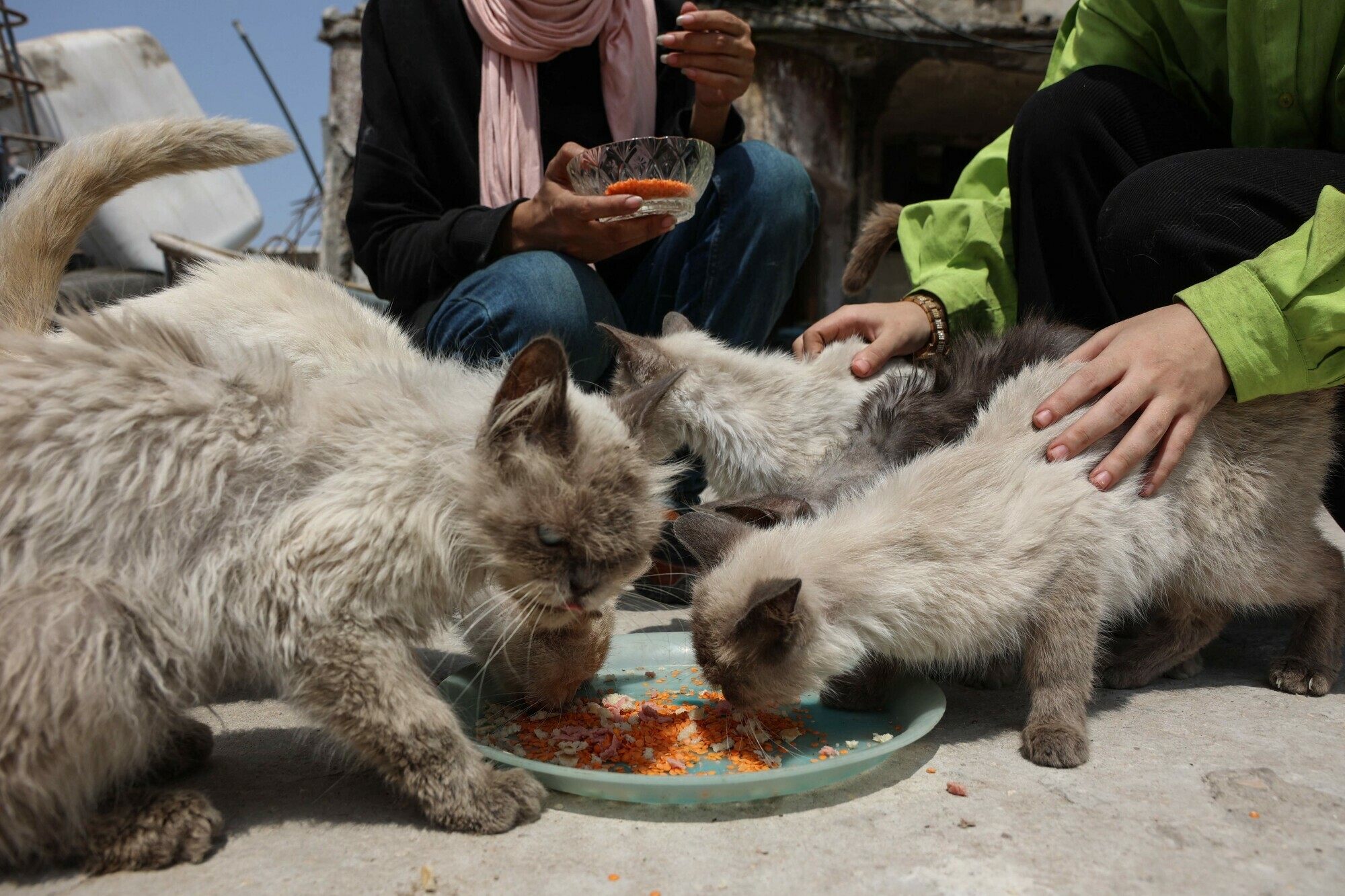
Credit: www.dawn.com
Feeding Schedule And Portions
Feeding a stray cat requires a balance between providing enough nourishment and avoiding overfeeding. Stray cats often face unpredictable access to food, so setting a reliable feeding schedule and controlling portion sizes can help improve their health and trust in you. Understanding how often and how much to feed will make a big difference in their wellbeing.
How Often To Feed
Stray cats usually benefit from being fed twice a day—once in the morning and once in the evening. This routine mimics a natural hunting pattern and helps keep their energy steady throughout the day.
If the cat is very thin or seems weak, you might want to offer smaller meals three times a day to avoid overwhelming their digestion. Watch how the cat responds and adjust accordingly.
Feeding at consistent times also builds trust. Have you noticed how your stray cat starts waiting around at certain hours? That’s a sign they rely on you.
Portion Size Guidelines
Portion sizes depend on the cat’s size, age, and health. A general rule is about ¼ to ⅓ cup of dry food per feeding or the equivalent in wet food.
| Cat Weight | Dry Food Portion per Meal | Wet Food Portion per Meal |
|---|---|---|
| Under 5 lbs | 2-3 tablespoons | 1/4 to 1/3 can (3 oz) |
| 5-10 lbs | 1/4 cup | 1/2 can (3 oz) |
| Over 10 lbs | 1/3 cup | 2/3 can (3 oz) |
Keep an eye on how much the cat eats and adjust portions if you notice leftover food or if the cat seems hungry soon after feeding. You don’t want to encourage begging, but you also want to prevent starvation.
What signs might tell you the portions are right? Look for steady weight, a shiny coat, and alert behavior. These show your stray cat is getting enough fuel without overeating.
Hydration Essentials
Keeping a stray cat hydrated is just as important as feeding it. Water supports every part of their body, from digestion to temperature control. Without enough water, even the healthiest food can’t keep them well.
Importance Of Fresh Water
Fresh water is key to a cat’s survival. Stale or dirty water can discourage a stray from drinking and may even make them sick. You should offer clean water every day to help keep the cat healthy.
Think about how you feel when you’re thirsty and the water tastes off—cats feel the same. Providing fresh water encourages them to drink more, which prevents dehydration and urinary problems. It’s a simple step that makes a big difference.
Encouraging Drinking Habits
Some cats are picky about how they drink. You can encourage better hydration by placing multiple water bowls in quiet, safe spots. Cats often prefer shallow dishes that don’t touch their whiskers.
Try changing the water bowl’s location if the cat seems hesitant to drink. Adding a little flavor, like a tiny splash of tuna juice, can also attract them. Have you noticed how a stray cat reacts when you gently splash water near their bowl? Small actions like this can build trust and encourage drinking.
Supplements And Treats
Supplements and treats can enhance a stray cat’s diet. They provide extra nutrients and encourage trust. Choosing the right ones is important. Some treats are healthy, while others can harm. Supplements should be used carefully and only when needed.
Safe Treat Options
Choose treats that are natural and easy to digest. Avoid sugary or salty snacks. Safe treats include:
- Small pieces of cooked chicken or fish
- Freeze-dried meat treats made for cats
- Commercial cat treats with simple ingredients
- Plain cooked eggs
Offer treats in small amounts. Treats should not replace regular meals.
When To Use Supplements
Supplements help if a stray cat lacks certain nutrients. Use them only after observing the cat’s health. Common signs for supplements include:
- Dull coat or fur loss
- Weakness or low energy
- Digestive issues
- Visible signs of illness
Consult a vet before giving supplements. Fish oil and vitamin B complex are often helpful. Avoid overdosing; too many supplements can harm cats.
Handling Special Cases
Feeding a stray cat isn’t always straightforward. Some cats need special care based on their age or health. Recognizing these differences can make a big impact on the cat’s well-being and your efforts to help.
Feeding Kittens Vs Adults
Kittens need food that’s rich in calories and nutrients to support their rapid growth. You should look for kitten-specific wet or dry food that contains higher protein and fat levels. Adult cat food won’t provide enough energy for kittens, so avoid feeding them the same diet.
Adult stray cats, on the other hand, require balanced meals that maintain their health without causing weight gain. Providing wet food can help with hydration, especially if the cat doesn’t drink much water. You might notice that kittens eat smaller, more frequent meals, while adults can handle larger portions once or twice a day.
Caring For Sick Or Injured Strays
If a stray cat appears sick or hurt, feeding becomes a sensitive task. You need to offer gentle, easy-to-digest foods like boiled chicken or soft canned food. Avoid giving dairy or anything spicy, as these can worsen their condition.
Keep an eye on signs like lethargy, wounds, or unusual behavior. If the cat refuses food or seems very weak, contacting a vet or animal rescue is crucial. Your timely response could save the cat’s life.

Credit: www.reddit.com
Creating A Feeding Spot
Creating a dedicated feeding spot for your stray cat is more than just setting out food. It’s about building trust and providing a safe space that the cat feels comfortable returning to. A well-chosen spot can make feeding easier for you and more inviting for the cat.
Safe And Comfortable Locations
Choose a quiet corner away from heavy foot traffic and loud noises. Cats prefer places where they can eat without feeling threatened. A sheltered area, like under a porch or near a bush, offers protection from weather and predators.
Think about accessibility too. Can you easily reach the spot to refill food and water? Also, consider the cat’s perspective—would you feel safe eating there if you were a stray cat? A spot that balances these factors encourages the cat to come regularly.
Maintaining Cleanliness
Keeping the feeding area clean helps prevent pests and keeps your stray cat healthy. Remove leftover food daily and wash bowls with mild soap and water regularly. Dirty spots can discourage the cat from returning and invite unwanted animals.
Use a mat or tray under the bowls to catch spills. This simple step makes cleanup faster and protects the ground from stains or odors. Have you noticed how quickly a clean, tidy feeding spot attracts and retains stray cats?
Encouraging Trust And Interaction
Gaining the trust of a stray cat takes time and patience. Stray cats often feel scared and unsure around humans. Creating a calm environment helps them feel safe. Feeding is a powerful way to build trust. It shows the cat you mean no harm and that you care. Regular positive interactions encourage the cat to come closer and respond to you.
Building A Feeding Routine
Set a regular feeding time each day. Cats feel more secure with a predictable schedule. Always feed the cat in the same quiet spot. Use gentle tones and avoid sudden movements. Start by leaving food nearby and gradually reduce the distance. This allows the cat to get used to your presence. Patience is key. It may take days or weeks for the cat to approach you.
Signs Of Readiness For Adoption
Watch for changes in the cat’s behavior. A cat ready to be adopted will show curiosity. It may approach you without fear. The cat might allow gentle petting or touching. Look for relaxed body language, like slow blinking or purring. The cat may follow you or stay close during feeding. These signs mean the cat trusts you and feels safe. At this stage, you can begin introducing it to a new home environment.

Credit: www.boredpanda.com
Frequently Asked Questions
What Is The Best Food For A Stray Cat?
Wet cat food is ideal as it provides hydration and nutrients. Avoid dairy or dog food, which can harm strays. Balanced cat food supports their health and energy.
Can I Feed Stray Cats Human Food Safely?
Limit human food to cooked plain meat like chicken or fish. Avoid onions, garlic, and processed foods. Human food lacks essential nutrients for cats.
How Often Should I Feed A Stray Cat?
Feed stray cats once or twice daily. Provide fresh food and water consistently. Regular feeding builds trust and supports their well-being.
Should I Give Stray Cats Water With Their Food?
Yes, always provide fresh water alongside food. Cats need hydration for digestion and health. Avoid milk, which can cause digestive issues.
Conclusion
Feeding a stray cat requires thought and care. Start with basic cat food. It’s affordable and nourishing. Fresh water is essential. Always keep a bowl ready. Avoid giving milk. It can upset their stomach. Safe human foods like cooked chicken work too.
Small portions prevent waste. Watch the cat’s health and weight. Adjust feeding amounts as needed. Be patient and gentle. Trust takes time. Feeding a stray can create a special bond. You’re helping a creature in need. Your kindness makes a big difference.
Every meal means a lot. Keep caring and sharing. The cat is thankful.
